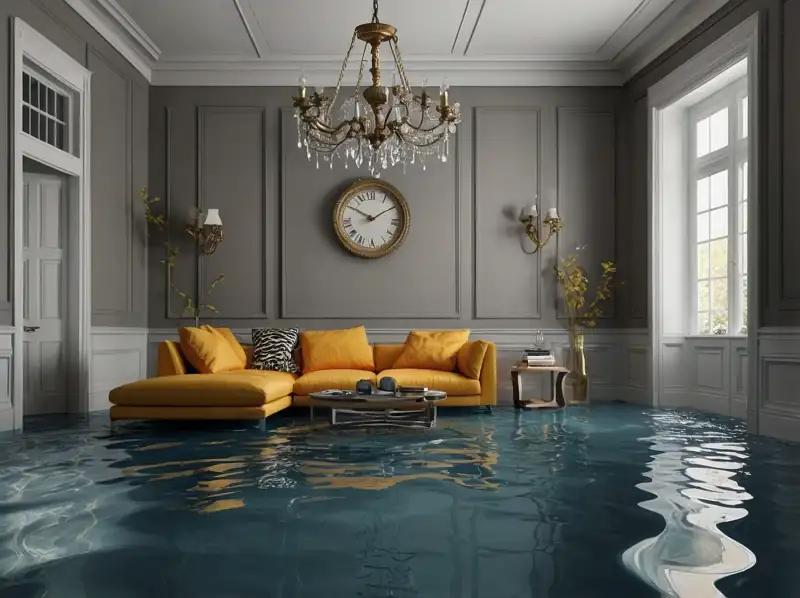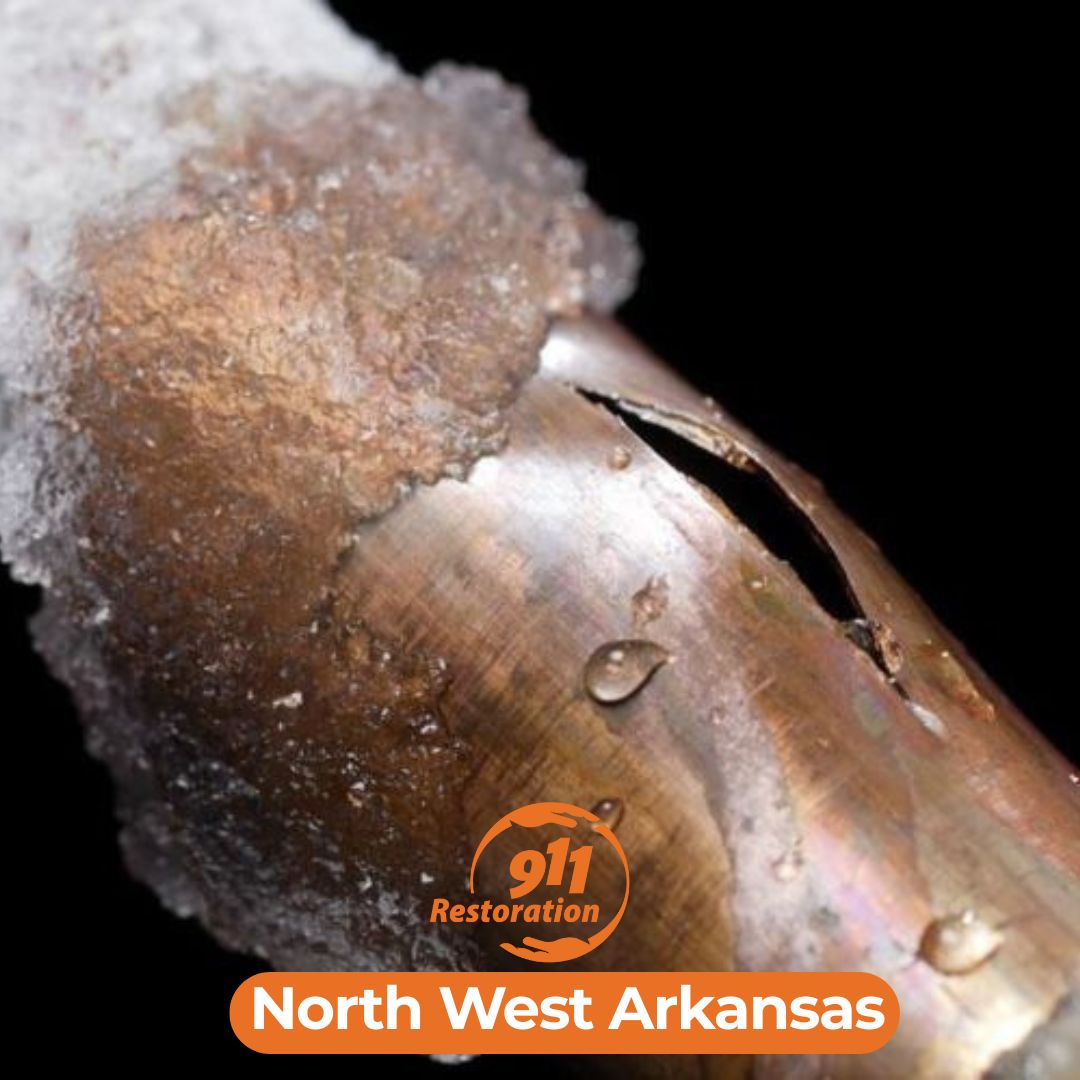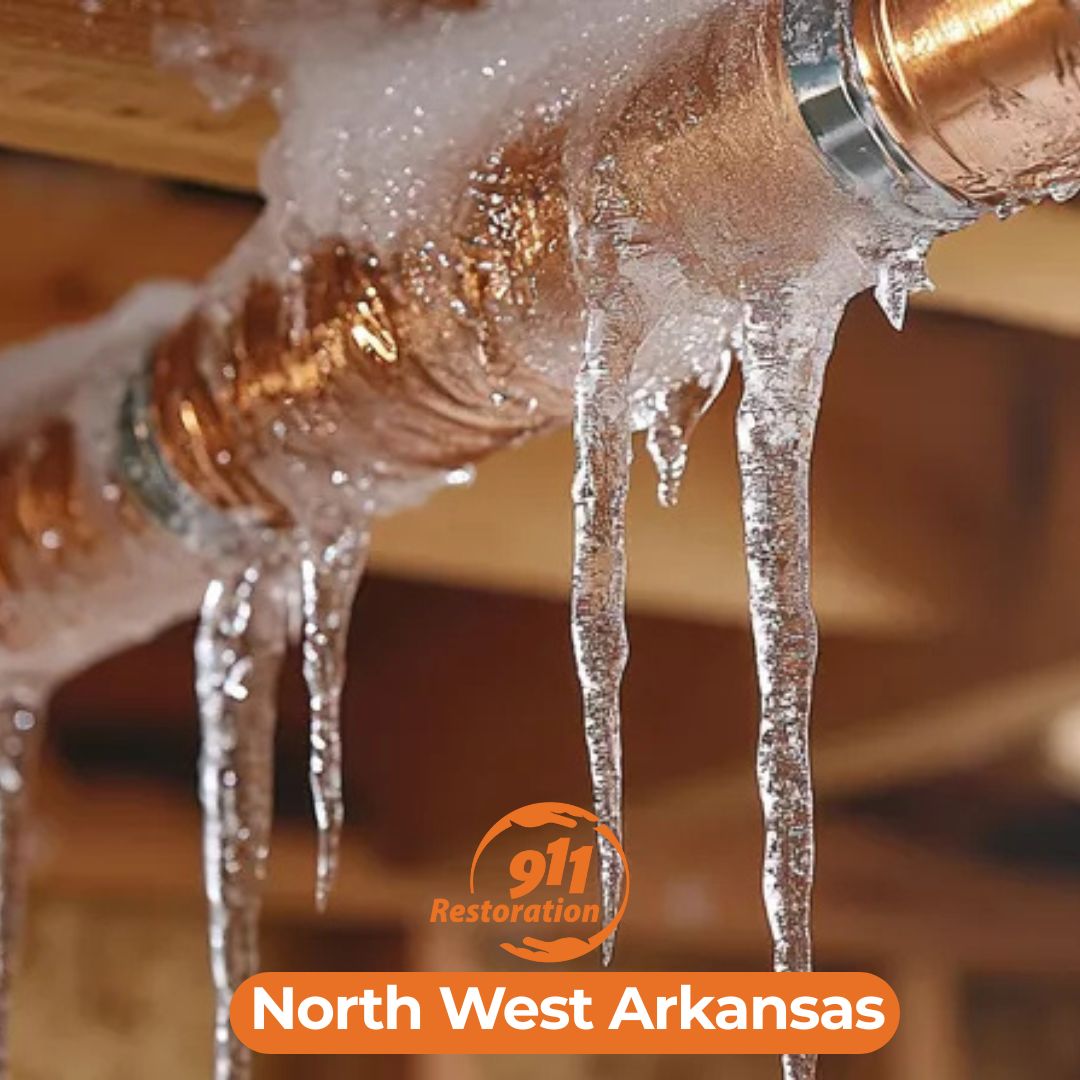
28
Aug
Water Damage Restoration in Crawford County: What You Need to Know
Water damage can strike when you least expect it, especially in areas like Crawford County, where seasonal rains can lead to unexpected flooding in homes. Understanding the intricacies of water damage restoration is crucial for homeowners who want to protect their property and ensure a safe living environment. In this article, we’ll walk you through everything you need to know about water damage and how to tackle it effectively.
Understanding Water Damage in Crawford County
Water damage can occur due to various reasons, from severe storms to plumbing failures. Residents of Crawford County frequently face threats from heavy rains, especially during the spring months. This not only affects residential properties in Crawford County but also extends to nearby areas like Meadville and Conneaut Lake.
Common Causes of Water Damage
- Severe Weather: Prolonged rain can overwhelm drainage systems, causing water to seep into basements and crawl spaces.
- Plumbing Issues: Burst pipes, overflowing toilets, and appliance malfunctions are common culprits of sudden water damage.
- Natural Disasters: Flooding due to nearby rivers overflowing can pose a significant risk to properties located near bodies of water.
Immediate Steps to Take After Water Damage
If you find yourself dealing with water damage in Crawford County, immediate action is crucial. Here’s a step-by-step guide:
- Ensure Safety: Before addressing the damage, make sure the area is safe. Turn off electricity if necessary.
- Contact Professionals: It’s best to contact our restoration experts to handle the situation. Attempting to manage extensive damage alone can lead to more problems.
- Document the Damage: Take photos for insurance purposes. This will help when filing claims with your insurance provider.
The Water Damage Restoration Process
Once you’ve contacted our team, here’s what you can expect during the restoration process:
1. Assessment
Our experts will conduct a thorough assessment of the damage. This helps determine the extent of water intrusion and necessary restoration methods.
2. Water Extraction
Using state-of-the-art equipment, we’ll remove any standing water from your property. This step is crucial to prevent further damage and mold growth.
3. Drying and Dehumidification
After extraction, we’ll dry out the affected areas. This may involve the use of dehumidifiers and air movers to eliminate moisture completely.
4. Cleaning and Sanitization
We’ll clean and sanitize the affected areas to prevent mold and bacteria growth, ensuring your home is safe for your family.
5. Restoration
Finally, our team will restore your property to its pre-damage condition. This may involve repairs, painting, and reconstruction as necessary.
Preventing Future Water Damage in Crawford County
While we’re here to help when disaster strikes, prevention is always better than cure. Here are some tips to protect your home:
- Regular Inspections: Periodically check your roof, gutters, and plumbing systems for signs of wear and tear.
- Install Sump Pumps: Consider installing a sump pump, especially if your home is prone to flooding.
- Landscaping: Ensure your landscaping directs water away from your home’s foundation.
Final Thoughts
Water damage can be a homeowner’s worst nightmare, but understanding the restoration process and taking preventive measures can go a long way in protecting your property. If you’re facing water damage in Crawford County, don’t hesitate to contact our restoration experts for immediate assistance. We’re here to help you achieve a fresh start after the storm!
For more information about our services and how we can assist you, visit our service areas page to see if we serve your neighborhood, including Cambridge Springs and Edinboro.
Remember, when it comes to water damage, taking quick action is key. Let us help you restore your home and peace of mind.



